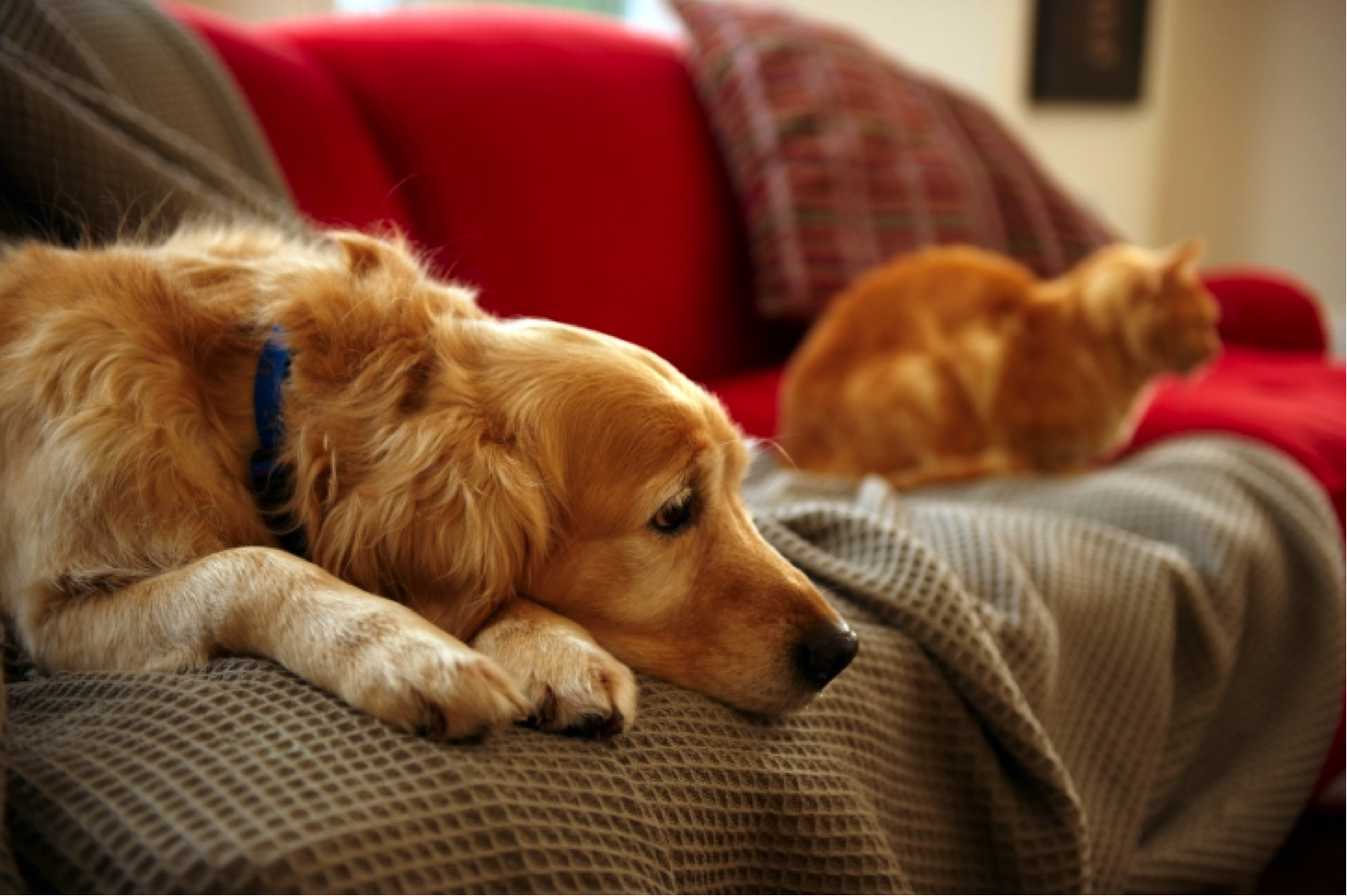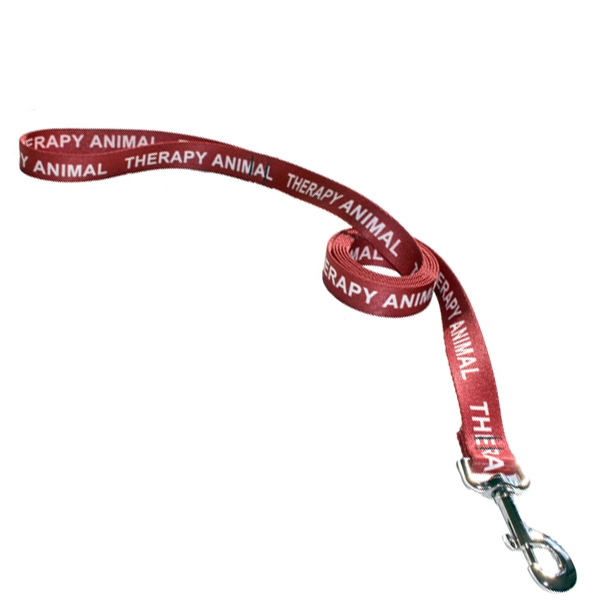
Georgia has become one of the fastest-growing states in the country, especially around Atlanta and its surrounding metro areas. With that growth comes tighter rental markets — and more questions about emotional support animals, housing rights, and what landlords can legally require.
This guide explains Georgia ESA laws for 2025 in clear, practical language, so you can understand your rights, avoid common mistakes, and confidently request housing accommodations for your emotional support animal.
📘 Jump To: Georgia ESA Laws (2025)
- Are ESAs Recognized in Georgia?
- Georgia ESA Laws Explained
- How to Get a Valid ESA Letter in Georgia
- What Georgia Landlords Can Ask For
- How Many ESAs Are Allowed
- When a Landlord Can Deny an ESA
- How to File a HUD Complaint in Georgia
- Georgia ESA FAQs
- Final Summary
Are ESAs Recognized in Georgia?
Yes. Emotional support animals are recognized in Georgia for housing purposes and are protected under the federal Fair Housing Act (FHA). While Georgia does not have a standalone ESA statute, all housing providers in the state must follow federal law when evaluating ESA accommodation requests.
Quick overview:
- Housing: Fully protected under FHA
- Travel: ESAs not recognized for air travel
- Public access: Not guaranteed (service dogs only)
- Workplaces & schools: Case-by-case
- Breed restrictions: Not allowed for approved ESAs
From Atlanta to Savannah to suburban and rural areas, ESA housing protections apply statewide.
Georgia ESA Laws Explained
ESA protections in Georgia are governed primarily by:
- Federal Fair Housing Act (FHA)
- HUD guidance on reasonable accommodations
- Georgia Fair Housing enforcement practices
Although Georgia relies heavily on federal law, enforcement trends show strong protection for tenants when documentation is legitimate and requests are made properly.
Housing Rights Under the FHA
Georgia landlords must follow federal housing law, which means they must:
✔ Allow ESAs in “no-pet” housing
A valid ESA letter overrides pet policies.
✔ Waive all pet fees
This includes pet rent, pet deposits, and administrative pet fees.
✔ Allow ESAs regardless of breed or size
Breed and weight restrictions do not apply to ESAs.
✔ Consider multiple ESAs when clinically justified
There is no legal limit on the number of ESAs.
✔ Evaluate each request individually and promptly
Delays or blanket denials may violate federal law.
These protections apply to apartments, rental homes, condos, and most student housing throughout Georgia.
Georgia ESA Rules & Misrepresentation
Georgia does not have a specific ESA misrepresentation statute like Florida or Colorado. However:
- Falsely claiming a service animal can carry penalties
- Fraudulent documentation may fall under broader fraud laws
- Legitimate ESA owners are fully protected
This makes it especially important to have a proper clinical evaluation and valid ESA letter from a licensed professional.

Travel Rights in Georgia
Georgia follows federal DOT rules:
❌ ESAs are not recognized for airline travel.
Only psychiatric service dogs (PSDs) qualify for in-cabin air travel.
Major Georgia airports, including Atlanta’s international hub, follow these same federal guidelines.
Public Access Rules
Emotional support animals do not have public access rights in Georgia.
Only trained service dogs may legally enter:
- Restaurants
- Stores
- Hotels
- Medical facilities
- Public transportation
- Government buildings
Some businesses may allow ESAs voluntarily, but it is not legally required.
How to Get a Valid ESA Letter in Georgia (2025)
A valid Georgia ESA letter must:
✔ Be written by a licensed mental health professional
Accepted providers include:
- Therapists
- Psychologists
- Physicians
- Clinical social workers
- Licensed counselors
- Nurse practitioners
✔ Be based on a clinical evaluation
Telehealth evaluations are valid in Georgia.
✔ Explain the disability-related need
Diagnosis details should not be included.
✔ Be written on professional letterhead
Including license number and state.
✔ Follow HUD documentation standards
NSAR ESA letters meet all Georgia requirements, including HUD compliance and evaluation by licensed clinicians.
Start Your Georgia ESA Evaluation → Begin Here
What Georgia Landlords Can Legally Ask For
Landlords may ask for:
- A valid ESA letter
- Verification of clinician licensure
- Confirmation the ESA does not pose a safety risk
- Reasonable documentation aligned with HUD rules
They may not ask for:
- Diagnosis or treatment details
- Medical records
- Proof of training
- ESA “registration” or “certification”, although highly recommended
- Pet fees or deposits
- Photos or videos of the ESA
- Breed-based exclusions
Georgia landlords must also keep disability-related information confidential.
How Many ESAs Are Allowed in Georgia?
Georgia places no legal limit on the number of ESAs allowed.
Approval depends on:
- Clinical justification
- Reasonable accommodation standards
- The animals not causing safety or sanitation issues
Multiple ESAs are common and protected when properly supported by documentation.
Can a Georgia Landlord Deny an ESA?
Yes — but only for specific, lawful reasons.
Allowed denials:
- The ESA poses a direct threat
- Significant property damage has occurred
- Documentation is fraudulent
- The tenant refuses to provide documentation
- The accommodation creates undue hardship
Illegal denials:
- Breed or size
- “No-pet” rules
- Insurance objections
- HOA policies
- Personal bias or assumptions
- Delays meant to discourage accommodation
Unlawful denials can be challenged through HUD.
How to File a HUD Complaint in Georgia
- Gather your ESA letter
- Save all written communication
- File a complaint through HUD’s online portal
- HUD assigns an investigator
- The landlord must respond
- Mediation or enforcement follows
Georgia tenants may also work with local fair housing organizations for additional support.
Georgia ESA FAQs
Are ESAs allowed in Georgia rentals?
Yes — protected under FHA.
Can landlords charge pet fees for ESAs?
No. All pet-related fees must be waived.
Do ESAs have public access rights in Georgia?
No — only service dogs do.
Can landlords deny ESAs based on breed?
No. Breed restrictions do not apply.
Are ESAs allowed in college housing?
Yes. FHA applies to campus housing.
Do airlines accept ESAs?
No. Only psychiatric service dogs qualify.
Summary of Georgia ESA Rights (2025)
Georgia renters with emotional support animals are entitled to:
- Live with their ESA in housing — even with no-pet rules
- Avoid all pet fees
- Request accommodations without discrimination
- Use documentation from licensed clinicians
- Challenge unlawful denials through HUD
A properly issued ESA letter ensures your rights are protected throughout Georgia.
Ready to get your Georgia ESA letter? Start your evaluation today.






















